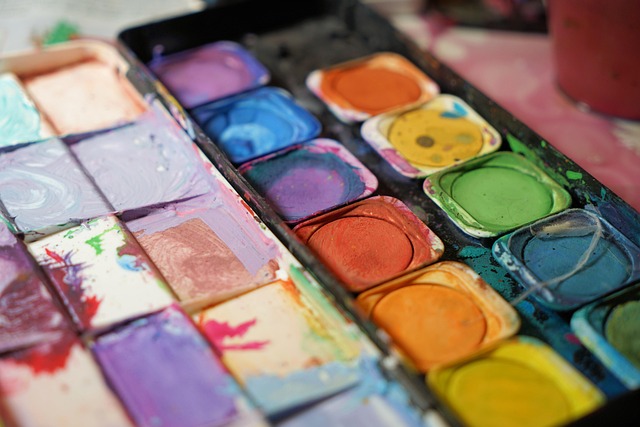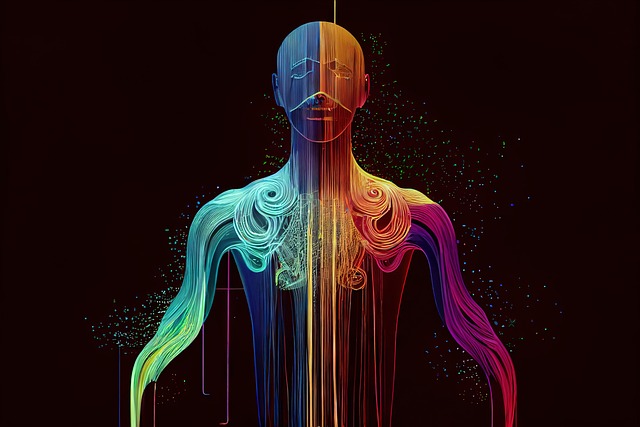Understanding the Vital Role of an Art Director
In the vibrant world of graphics, the title of art director embodies not just a role but a philosophy. An art director acts as the heartbeat of any creative project, blending various elements of art and design to forge a cohesive vision. The magic of graphics lies in the nuances – the careful selection of colors, the balance of typography, and the alignment of imagery that can evoke emotions and tell stories. An effective art director harnesses these nuances to shape how the audience interacts with the final product.
At the intersection of art and design, an art director plays a pivotal role in guiding a creative team through the complex journey from concept to completion. This leadership position requires not just a keen eye for aesthetics but also the ability to inspire others. Collaboration is essential in this field; an art director works closely with graphic designers, illustrators, and photographers, molding individual talents into a unified concept. This synergy often leads to unexpected and delightful results, transforming a simple idea into an engaging visual story.
The responsibilities of an art director are multifaceted. They delve deep into the design principles, staying attuned to current trends while establishing a unique style that resonates with target audiences. Whether it’s designing a captivating advertisement, curating a stunning magazine layout, or creating eye-catching digital content, the art director makes strategic choices that define the project’s identity. The ability to balance creativity with practicality is crucial, as numerous ideas must be distilled into a clear and effective message.
The emotional connection forged through graphics cannot be overstated. An art director’s vision has the power to influence perceptions and beliefs. Every design choice reflects an intent—the colors invoke feelings, the fonts suggest a tone, and the imagery captivates attention. In this way, art directors function as storytellers, weaving narratives that speak to the audience on multiple levels. They must consider not just the aesthetic appeal but the emotional journey they want viewers to experience. This adds an exhilarating layer of responsibility, as the art director understands that their decisions may resonate far beyond the canvas.
In the rapidly evolving landscape of digital media, the art director must also be adaptable. With technology advancing at an unprecedented pace, staying updated with the latest design tools and trends is essential. The integration of augmented reality, animation, and interactive elements can elevate a project to new heights, and an art director must embrace these innovations to remain relevant and impactful. This requires an insatiable curiosity and a willingness to experiment, qualities that often lead to groundbreaking work.
Finally, the journey of an art director is not solely about producing outstanding work. It’s about fostering a creative environment where collaboration flourishes. By nurturing a culture of feedback and open communication, an art director can draw out the best from each team member, leading to a richer, more diverse creative output. The role is a beautiful dance of leadership and artistry, where guidance meets creativity to create design magic.
For anyone aspiring to step into the shoes of an art director, understanding the delicate balance of artistry and strategy is key. It’s about more than just making things look good; it’s about capturing ideas and emotions, turning abstract thoughts into visual reality. The art director’s journey is as intricate and rich as the designs they create, filled with challenges and rewards that shape the future of graphics.




